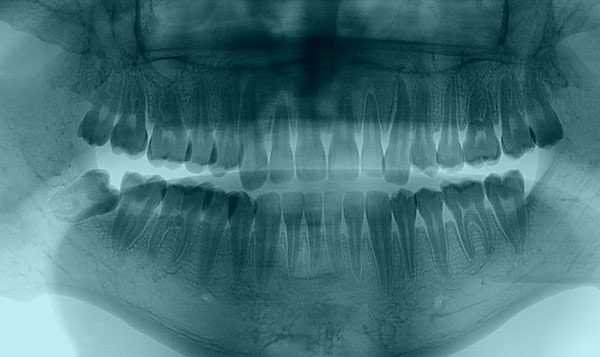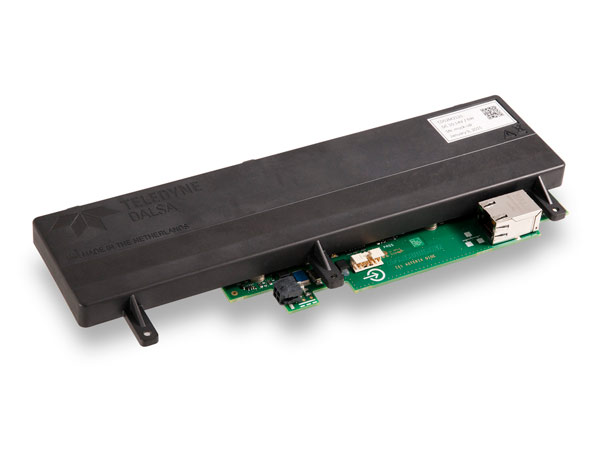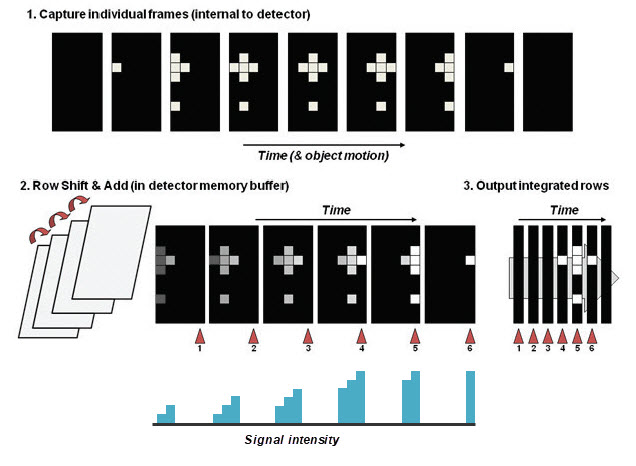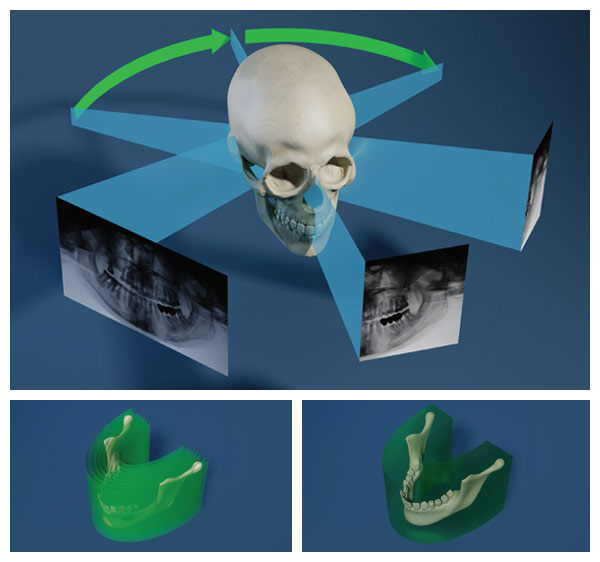Teledyne DALSA's leadership in CMOS innovation lets our Xineos scanning products deliver three times more sensitivity and five times more signal-to-noise performance than other standard technologies at equal X-ray dose conditions. CMOS image detectors offer numerous advantages including the ability to record smaller image details with higher resolutions – allowing for the diagnostics of medical anomalies at earlier stages, and significantly increasing the probability of early intervention, patient recovery, and reduced treatment costs.

 Xineos 1501
Xineos 1501
Teledyne DALSA’s Xineos scanning products serve panoramic and cephalometric applications with frame rates of 300 fps or higher to eliminate motion blur, the industry's lowest electronic noise, and a Gigabit Ethernet interface.
Image quality is limited only by the X-ray technique setting, since Xineos offers photon shot noise limited detection capabilities up to extremely low dose levels.
 Xineos 2301
Xineos 2301

The Xineos tiling architecture provides the flexibility to build smaller, single tile detectors, or much larger, multi-tile detectors.
The underlying architecture of the Xineos line enables scalability from 15 x 1 cm to 23 x 1 cm for a full range of dental and medical X-ray applications.
The pixel design of Standard models prioritizes dynamic range, to bridge large differences in tissue absorption without saturating clinically important features. The S-models feature a pixel design which prioritizes sensitivity, to maximize signal output in exposure critical application conditions.


In Digital TDI mode, the Xineos- 1501(S) and 2301(S) detectors capture and write full image frames to the internal memory, synchronized to the systems scanning motion, but outputs single line images to the system. Successive images are summed inside the detectors memory, while the frame memory is shifted after each line output. In this way, the effective integration time is extended while image sharpness is maintained.
Using frame readout, Xineos-1501(S) and 2301(S) detectors capture and output the image frames to the host system, synchronized to the systems scanning motion. Using Teledyne DALSA's 2D reconstruction library, a tomographic stack of imaging places is created including a depth map locating features of interest. Combining relevant information from the full tomographic stack, a single 2D image can be synthesized containing an optimized depth-of-field.
Click to learn more about Reconstructed 2D
| Supported Interfaces | GigE Vision, LVDS |
| Model | Active Area | Resolution | Interface | Pixel Size | Max Frame Rate |
|---|---|---|---|---|---|
|
Xineos-1501 Part number: Xineos-1501 |
152 x 7 mm | 1536 x 68 | GigE Vision | 99 µm |
Standard:
300 fps
|
|
Xineos-1501S Part number: Xineos-1501S |
152 x 7 mm | 1536 x 68 | GigE Vision | 99 µm |
Standard:
300 fps
|
|
Xineos-2301 Part number: Xineos-2301 |
228 x 7 mm | 2304 x 68 | GigE Vision | 99 µm |
Standard:
300 fps
|
|
Xineos-2301S Part number: Xineos-2301S |
228 x 7 mm | 2304 x 68 | GigE Vision | 99 µm |
Standard:
300 fps
|
| Document | Type |
|---|---|
| Xineos Scanning Family Datasheet |